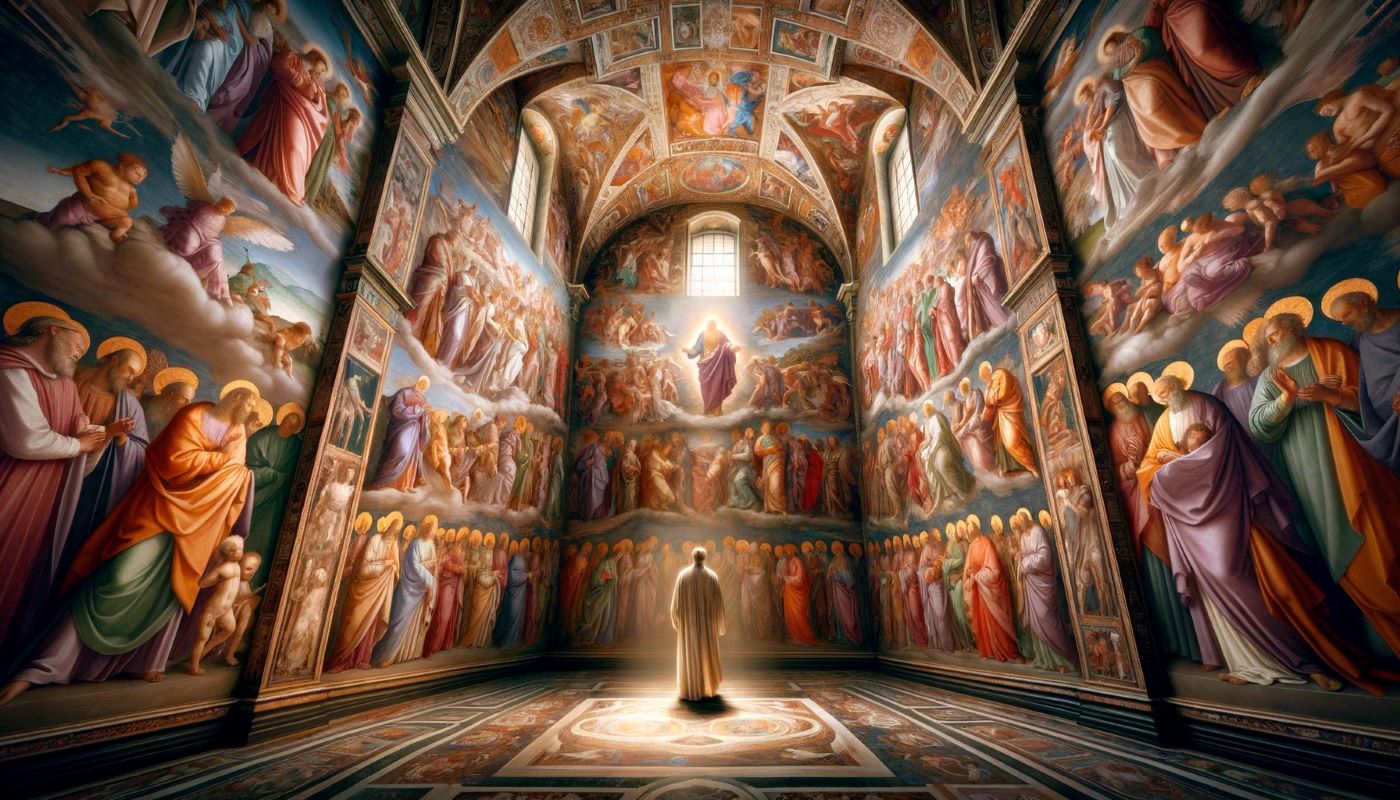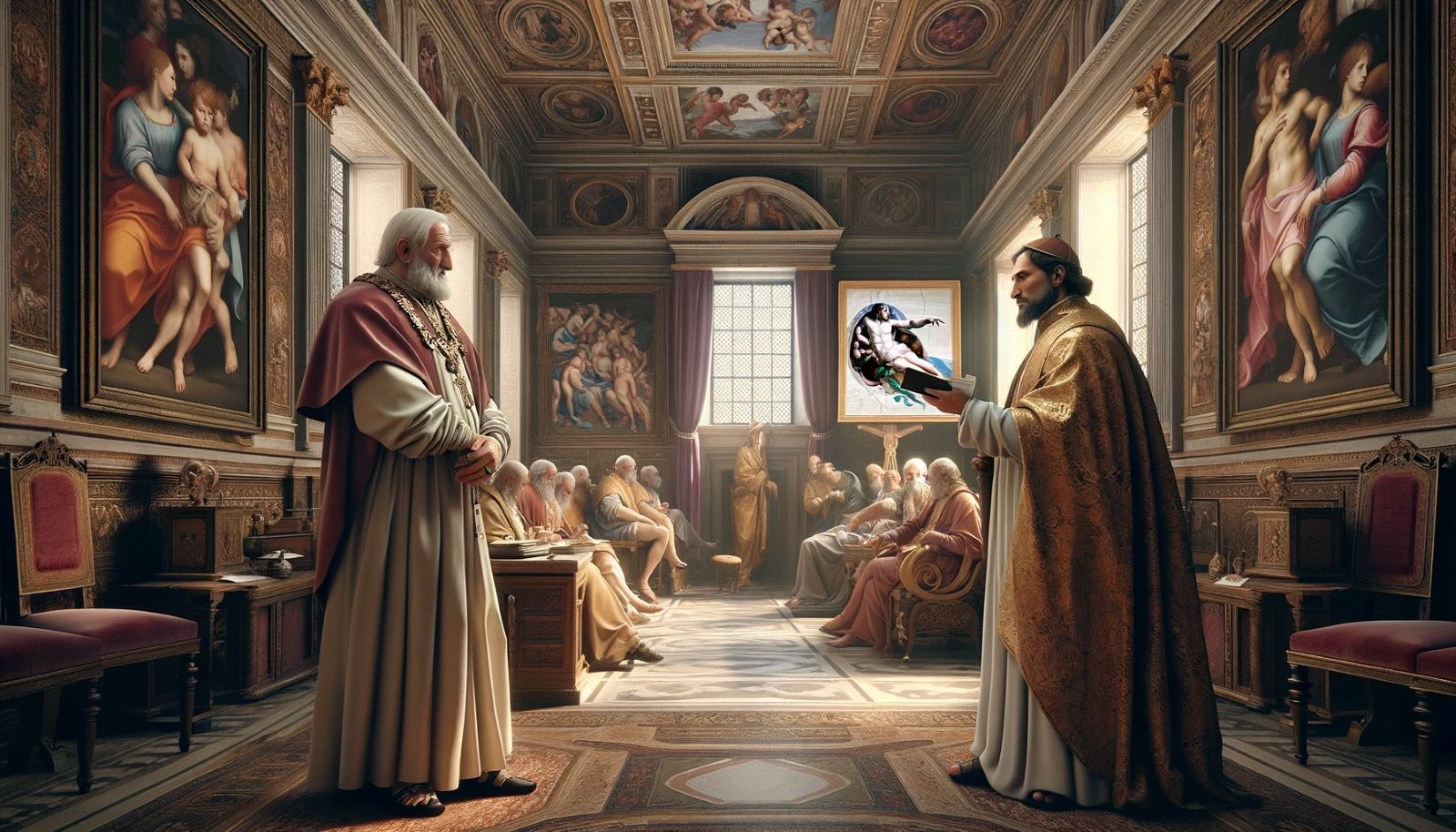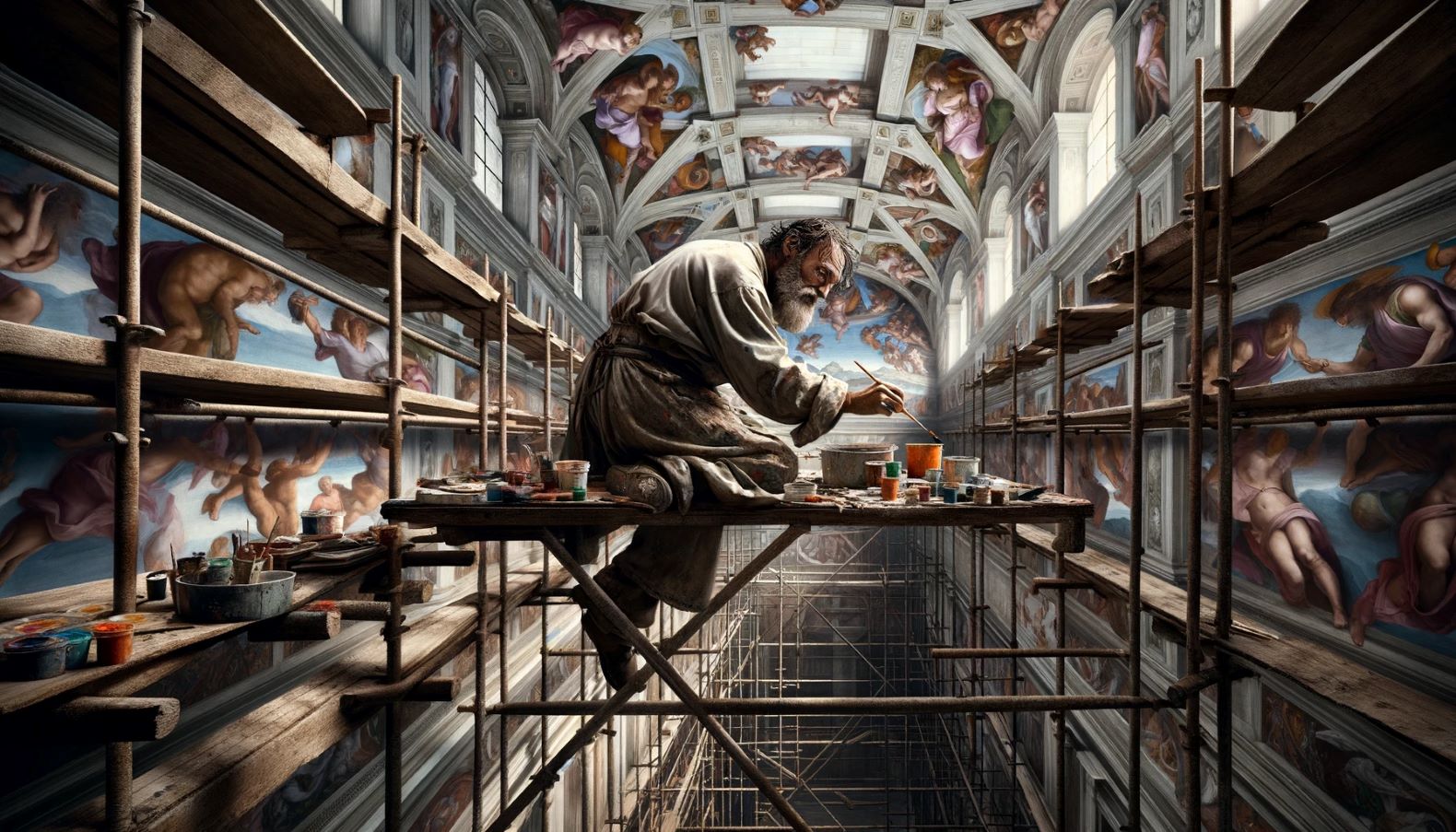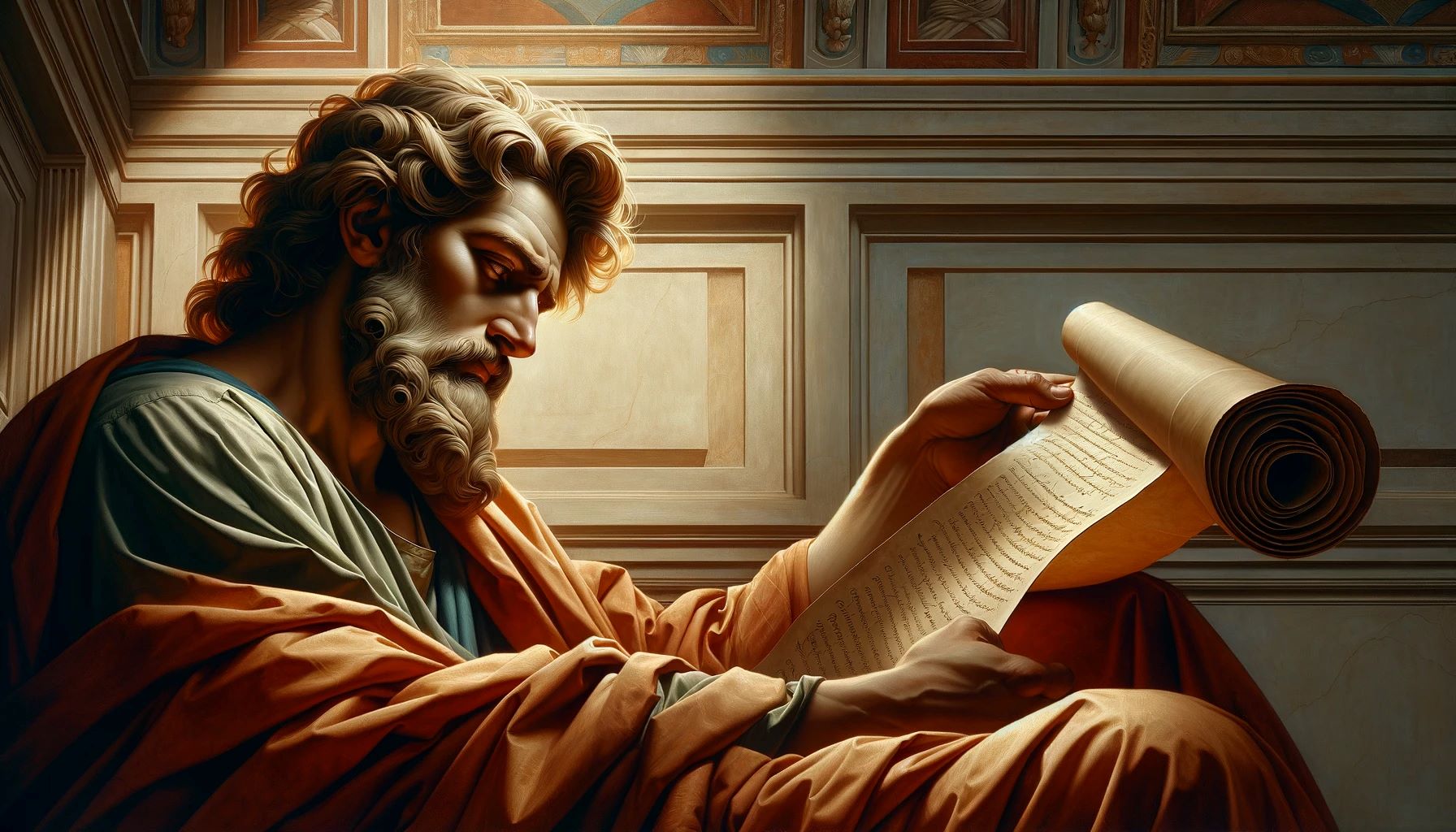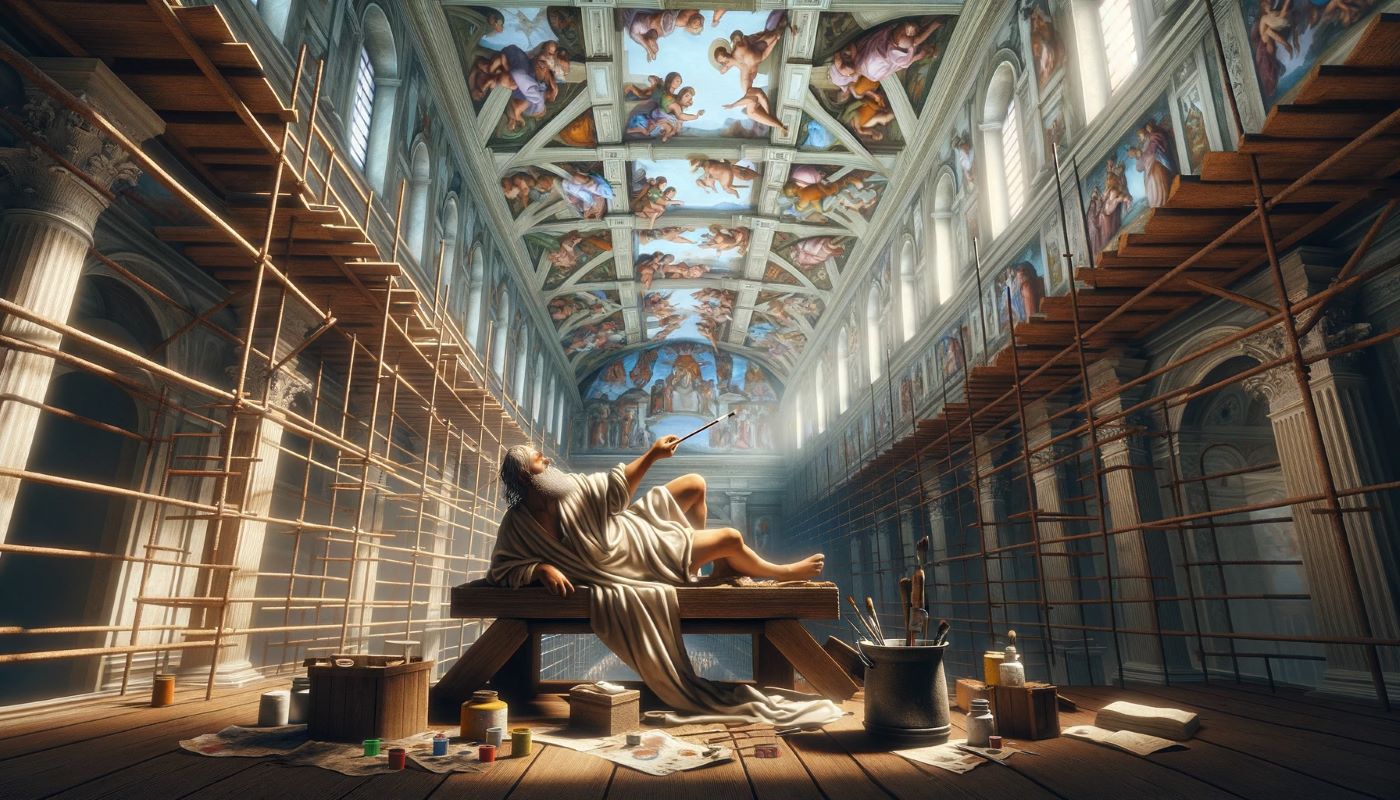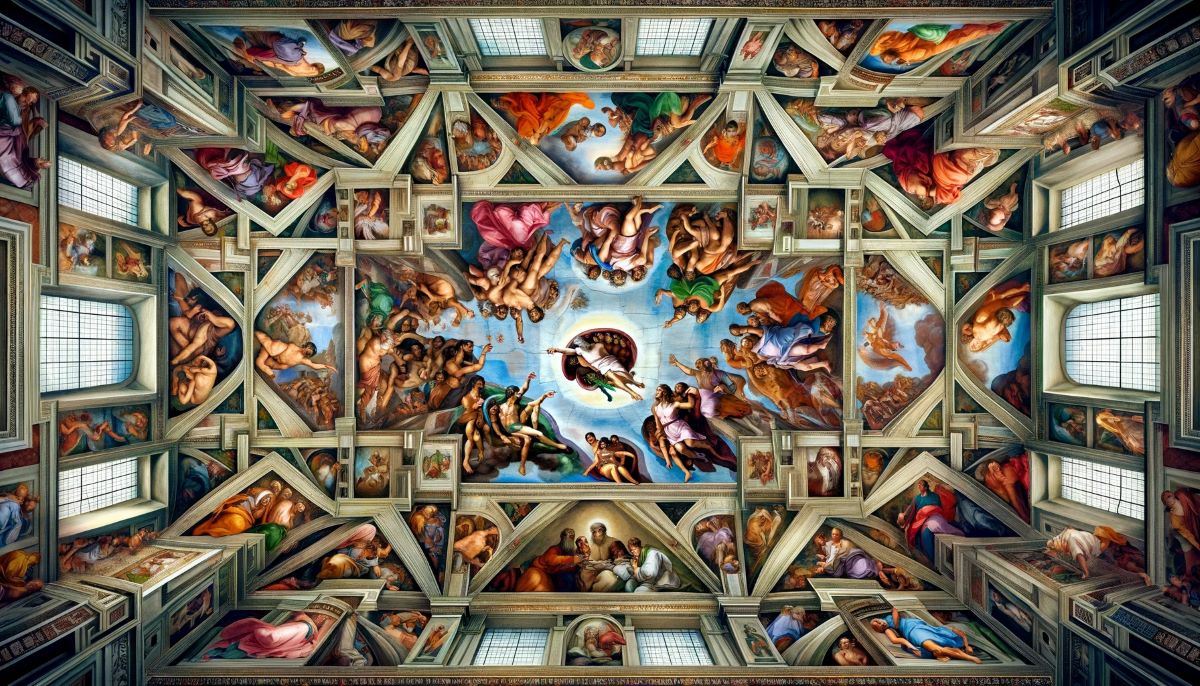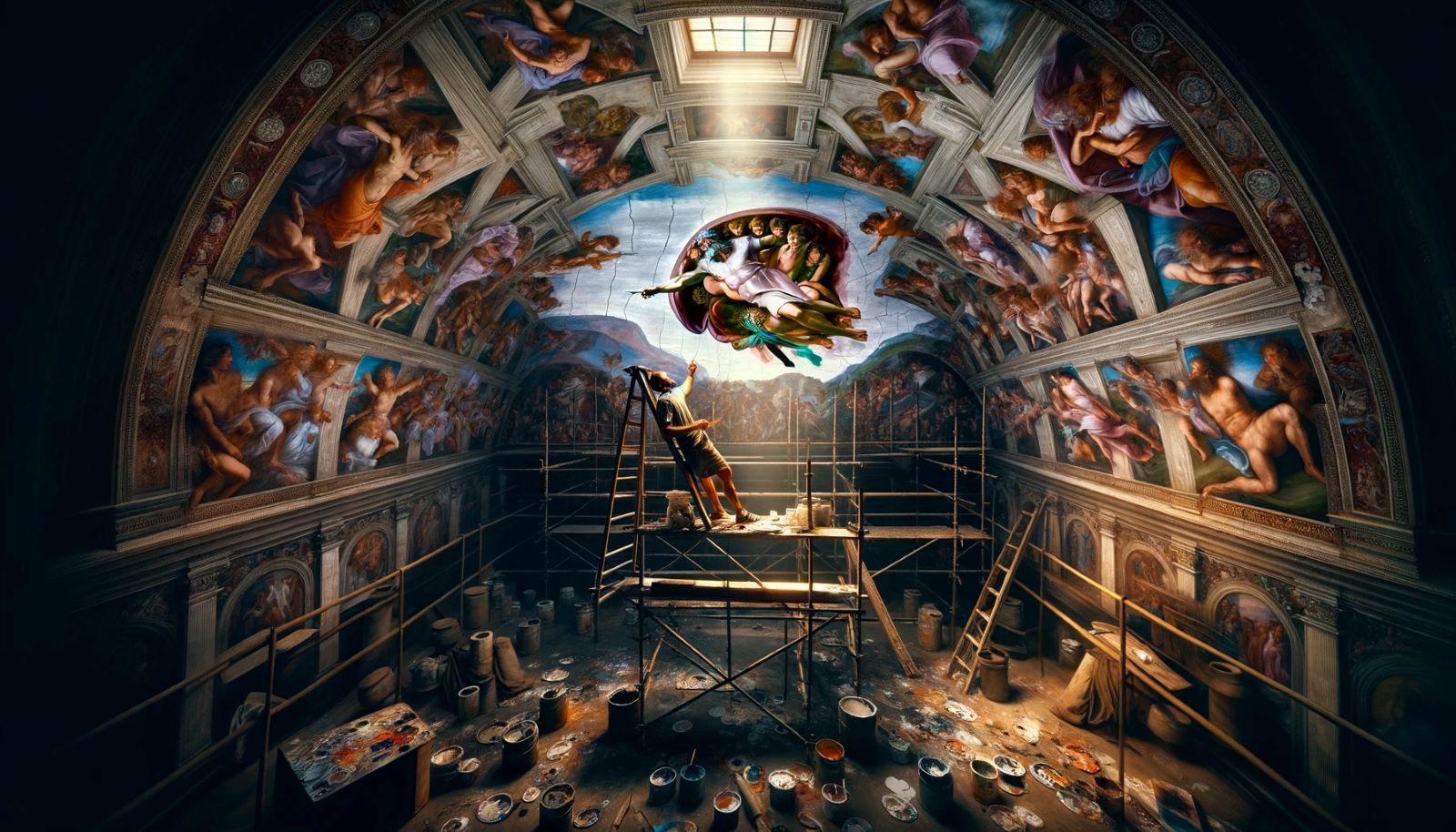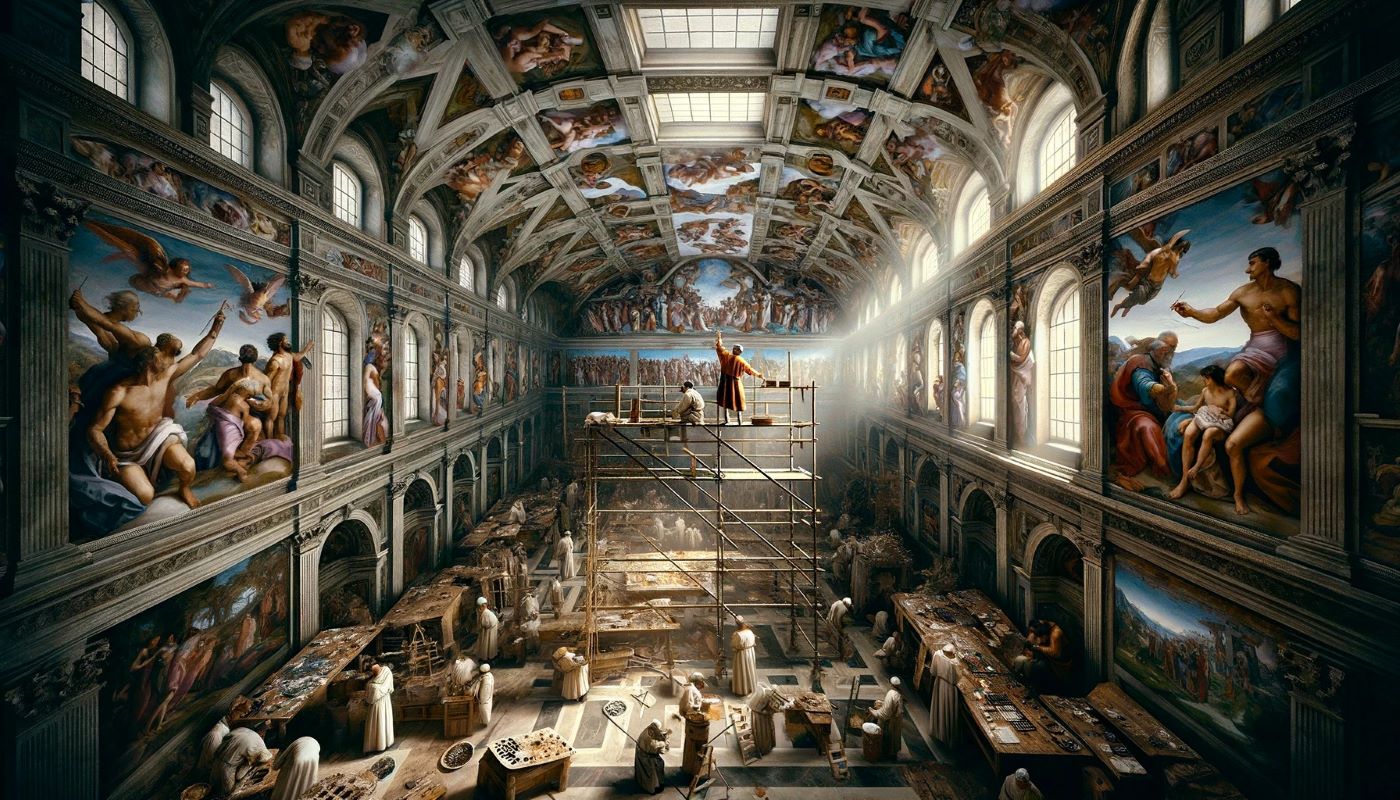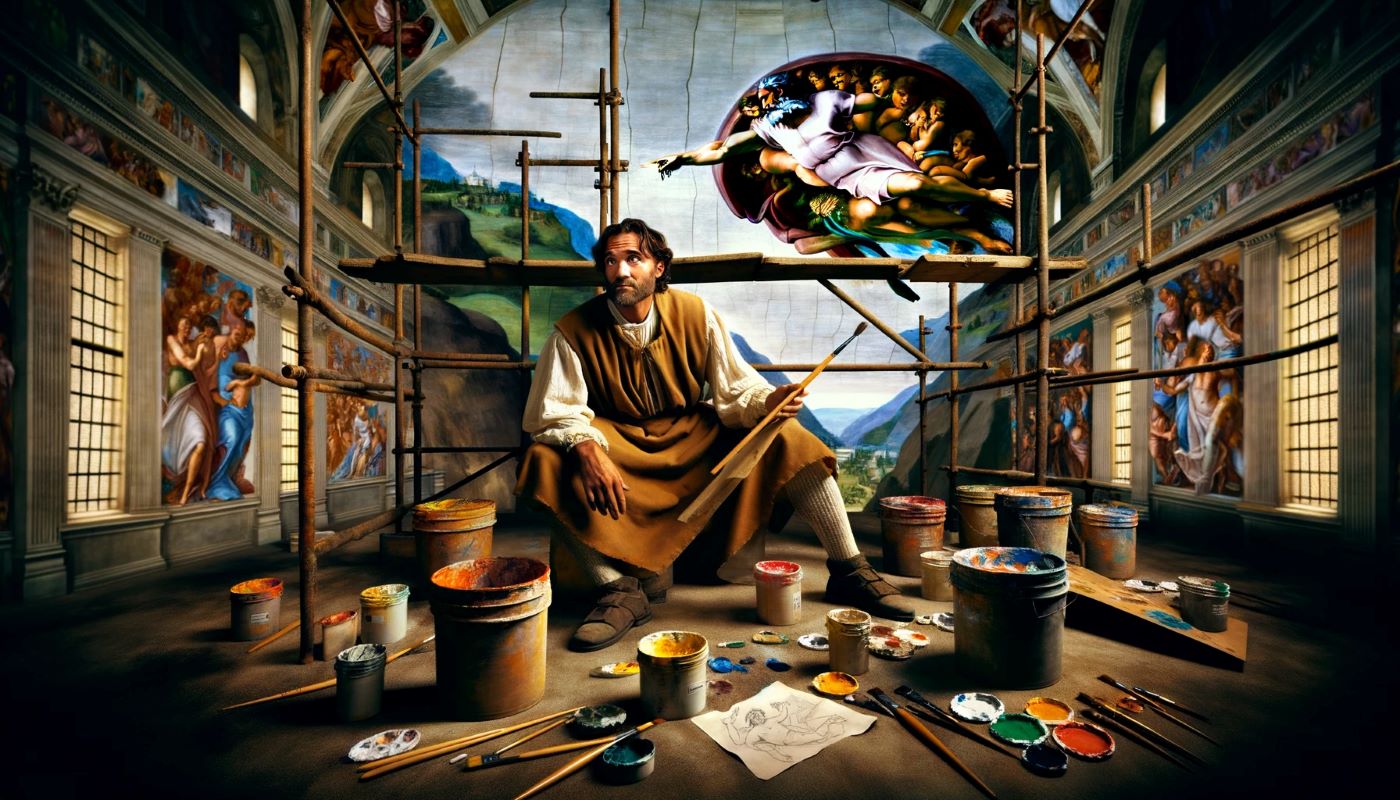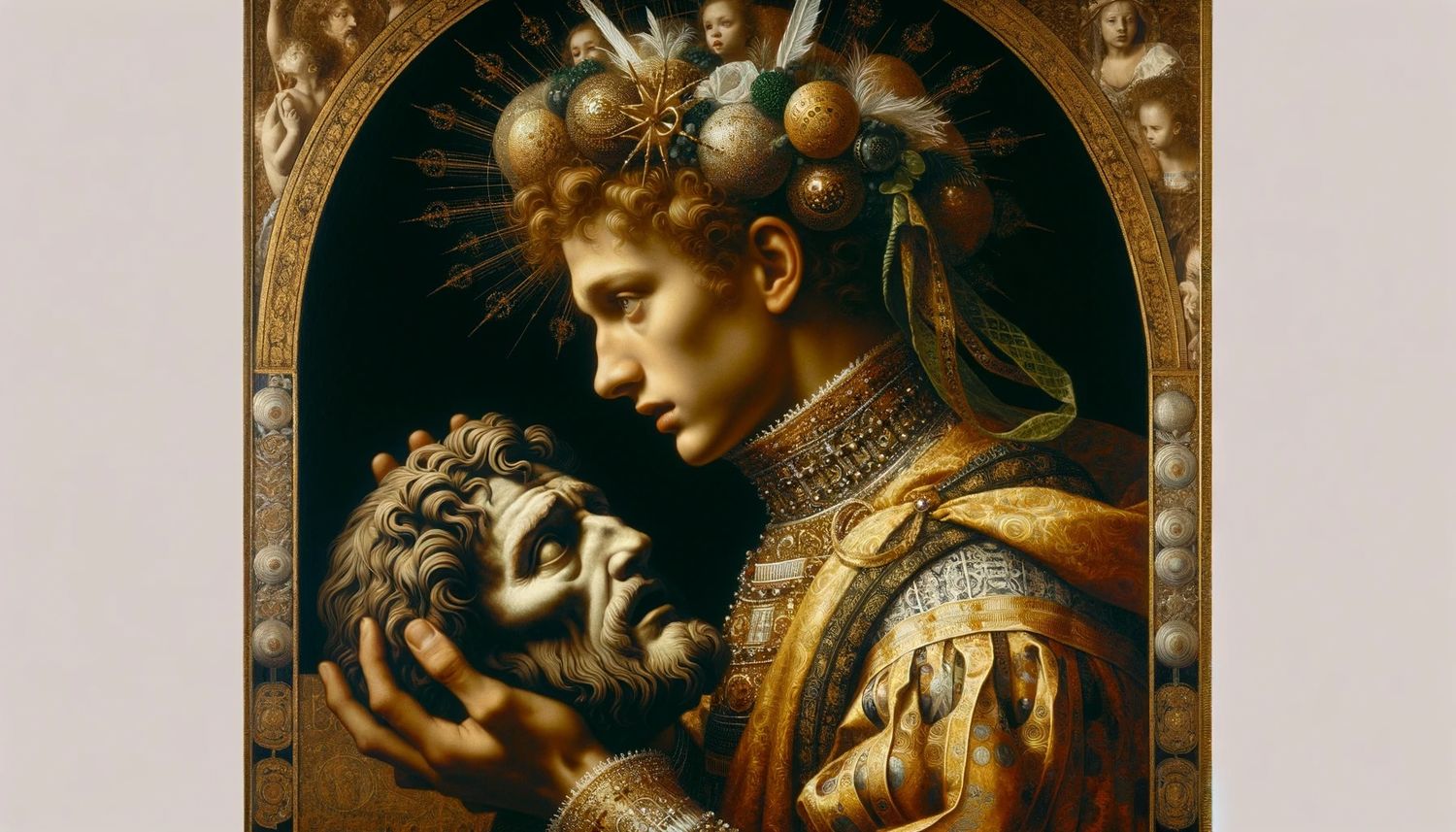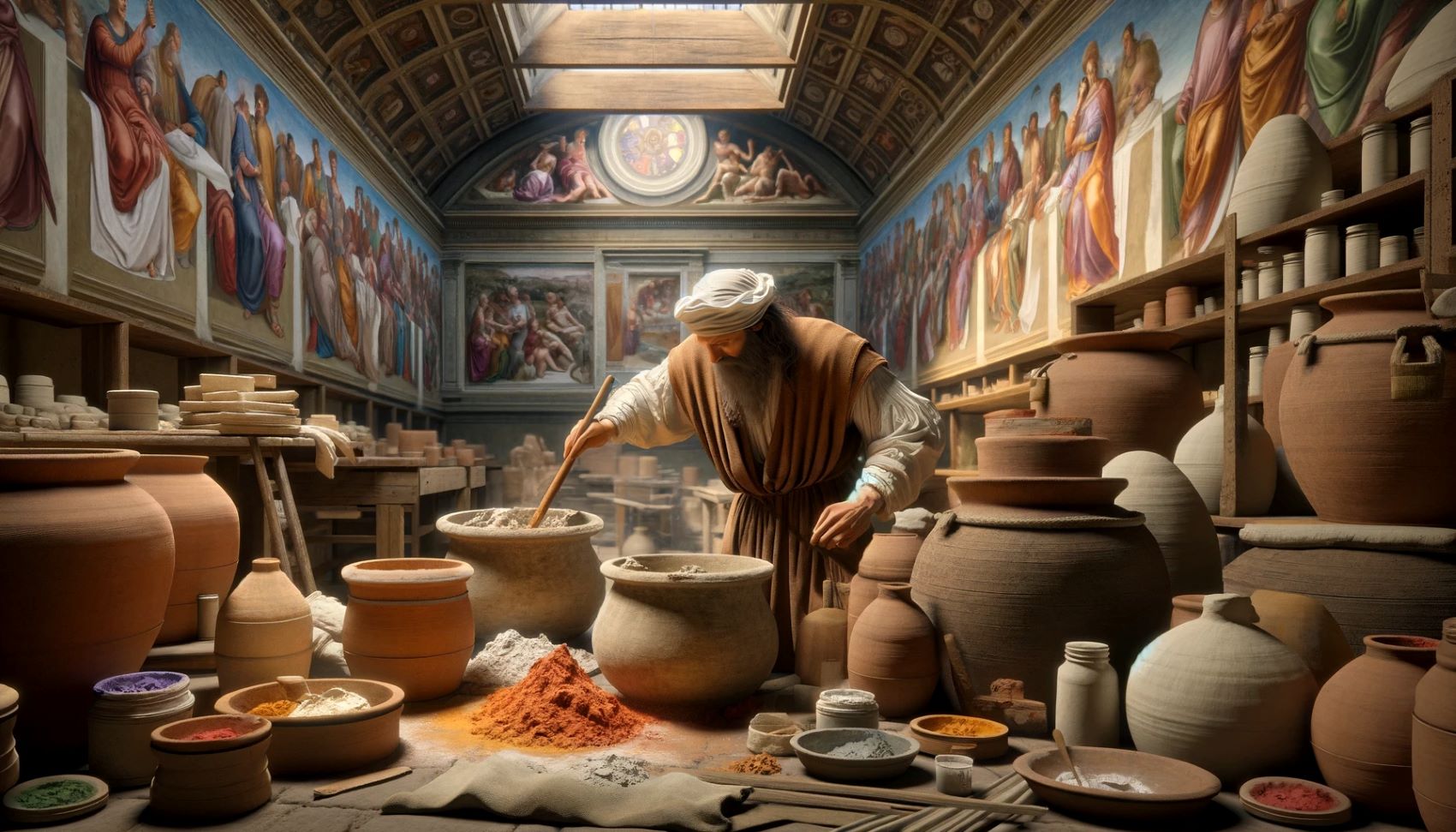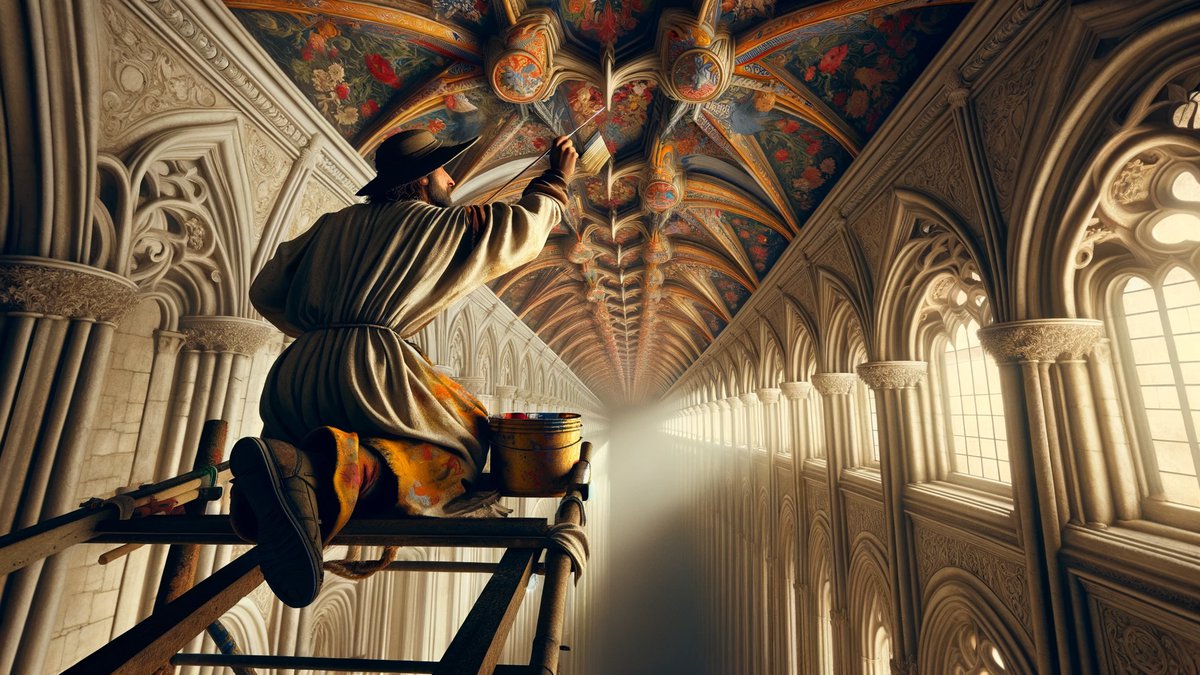Home>Arts and Culture>Who Painted The Scrovegni Chapel
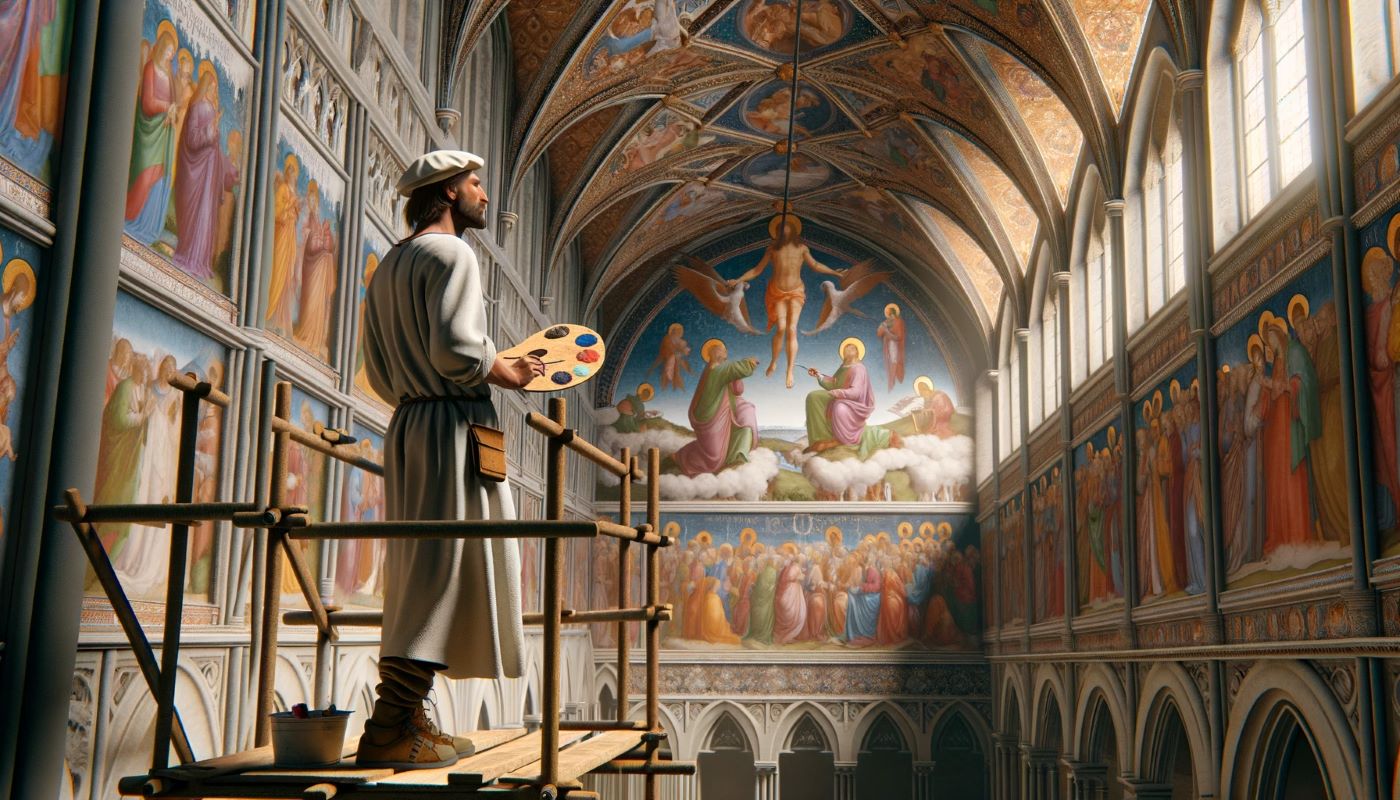

Arts and Culture
Who Painted The Scrovegni Chapel
Published: March 4, 2024
Peter Smith, Editorial Director at Christian.net, combines deep insights into faith, politics, and culture to lead content creation that resonates widely. Awarded for his contributions to religious discourse, he previously headed a major organization for religious communicators, enhancing dialogue on faith's societal impacts.
Discover the artist behind the iconic Scrovegni Chapel and explore the rich history of arts and culture. Uncover the mastermind behind this timeless masterpiece.
(Many of the links in this article redirect to a specific reviewed product. Your purchase of these products through affiliate links helps to generate commission for Christian.net, at no extra cost. Learn more)
Table of Contents
Introduction
Who painted the Scrovegni Chapel? This question has intrigued art enthusiasts and historians for centuries. The Scrovegni Chapel, also known as the Arena Chapel, is renowned for its stunning frescoes that adorn its walls and ceiling. This masterpiece of medieval art has captivated visitors with its beauty and historical significance. In this article, we will delve into the history of the Scrovegni Chapel, explore the artist behind the masterpiece, and uncover the iconic frescoes that have left a lasting legacy in the world of art and religion.
Read more: Who Painted The Arena Chapel
The History of the Scrovegni Chapel
The Scrovegni Chapel, located in Padua, Italy, holds a rich history that dates back to the early 14th century. It was commissioned by Enrico Scrovegni, a wealthy banker, as a place of worship and a tribute to his deceased father. The chapel was constructed on the site of a Roman arena, hence its alternative name, the Arena Chapel. The choice of location was significant, as it symbolized the transformation of a place of entertainment into a sacred space dedicated to religious devotion. The chapel's construction was completed in 1305, and it was consecrated by the Bishop of Padua. The history of the Scrovegni Chapel is intertwined with the patronage of the Scrovegni family and the cultural and religious context of medieval Italy.
The chapel's history also intersects with the life and work of the renowned Italian poet Dante Alighieri. It is believed that Dante had a connection to the Scrovegni family, and some scholars suggest that he may have visited the chapel. This association adds a layer of literary and cultural significance to the chapel, as it is linked to one of the most influential figures in Italian literature.
The Scrovegni Chapel has weathered centuries of history, including periods of neglect and restoration. Despite the challenges it has faced, the chapel has stood as a testament to the enduring power of art and faith. Its history is a tapestry of religious devotion, artistic patronage, and cultural evolution, making it a cherished landmark in the annals of art history.
The Artist Behind the Masterpiece
The breathtaking frescoes of the Scrovegni Chapel are attributed to the genius of Giotto di Bondone, one of the most celebrated artists of the Italian Renaissance. Giotto, often referred to as the "father of Western painting," was a visionary who revolutionized the art world with his innovative techniques and profound understanding of human emotion. Born in the late 1260s, Giotto's artistic prowess was evident from a young age, and he was destined to leave an indelible mark on the world of art.
Giotto's commission to adorn the Scrovegni Chapel with frescoes was a monumental undertaking that would showcase his extraordinary talent. The frescoes depict scenes from the lives of the Virgin Mary and Jesus Christ, as well as the Last Judgment, creating a visual narrative that captivates and inspires all who behold them. Giotto's masterful use of color, composition, and perspective brought these sacred stories to life, elevating the chapel to a realm of unparalleled beauty and spiritual significance.
The artist's profound understanding of human anatomy and emotion is evident in the expressive faces and gestures of his figures, imbuing them with a sense of realism and depth that was unprecedented in his time. Giotto's ability to convey the human experience through his art revolutionized the way artists approached their craft, laying the foundation for the naturalistic style that would come to define the Renaissance.
Giotto's legacy as the artist behind the Scrovegni Chapel's masterpiece extends far beyond the walls of the chapel itself. His influence reverberates through the annals of art history, inspiring generations of artists and shaping the trajectory of Western art. The Scrovegni Chapel stands as a testament to Giotto's unparalleled skill and visionary spirit, ensuring that his name will forever be synonymous with artistic excellence and spiritual transcendence.
The Iconic Frescoes of the Chapel
The Scrovegni Chapel is renowned for its iconic frescoes, which adorn the walls and ceiling of the sacred space. These frescoes, created by the masterful hand of Giotto di Bondone, represent a pinnacle of artistic achievement and spiritual expression. The frescoes are organized into three tiers, each depicting a different aspect of Christian theology and narrative. The lower register features a cycle of narrative scenes from the lives of the Virgin Mary and Jesus Christ, including the Annunciation, the Nativity, and the Crucifixion. These scenes unfold with a remarkable sense of storytelling and emotional depth, drawing viewers into the sacred drama of salvation.
Moving upward, the middle register of the chapel's frescoes is dedicated to the virtues of Mary, the mother of Jesus. These virtues, such as humility, chastity, and mercy, are personified in the figures that populate the frescoes, serving as exemplars of Christian piety and devotion. The middle register serves as a visual meditation on the qualities that defined Mary as the paragon of virtue, offering a profound reflection on the nature of faith and righteousness.
At the apex of the chapel, the ceiling is adorned with a stunning depiction of the Last Judgment, a monumental portrayal of divine judgment and redemption. Giotto's rendition of the Last Judgment is a tour de force of artistic expression, conveying the weight of eternal consequence and the promise of salvation. The composition of the fresco, with its dynamic arrangement of angels, saints, and sinners, creates a powerful visual narrative that confronts viewers with the ultimate destiny of the soul.
The frescoes of the Scrovegni Chapel are not merely decorative embellishments; they are profound theological and spiritual statements that invite contemplation and introspection. Giotto's masterful use of color, form, and composition imbues the frescoes with a transcendent quality, elevating them beyond mere representations of religious narratives. The frescoes serve as windows into the divine, offering a glimpse of the ineffable mysteries of faith and salvation.
The enduring impact of the chapel's frescoes is a testament to their timeless relevance and universal resonance. They continue to inspire awe and reverence, drawing pilgrims and art enthusiasts from around the world to witness their sublime beauty. The iconic frescoes of the Scrovegni Chapel stand as a testament to the power of art to transcend the boundaries of time and space, speaking to the human spirit across centuries and cultures.
The Legacy of the Scrovegni Chapel
The legacy of the Scrovegni Chapel extends far beyond its physical presence in Padua, Italy. This sacred space, adorned with the masterful frescoes of Giotto di Bondone, has left an indelible mark on the worlds of art, religion, and culture. The chapel's legacy is multifaceted, encompassing its historical significance, artistic influence, and enduring spiritual resonance.
-
Preservation of Medieval Art: The Scrovegni Chapel stands as a testament to the artistic achievements of the medieval period. Its frescoes represent a pinnacle of medieval artistry, showcasing the technical skill and spiritual devotion of the era. The chapel's preservation has ensured that future generations can experience the beauty and grandeur of medieval art, providing a window into the cultural and religious milieu of the time.
-
Influence on Renaissance Art: Giotto's masterful frescoes at the Scrovegni Chapel played a pivotal role in shaping the trajectory of Renaissance art. His innovative use of perspective, naturalistic depiction of human emotion, and narrative storytelling set a new standard for artistic expression. Artists of the Renaissance, including Michelangelo and Raphael, looked to Giotto's work as a source of inspiration, laying the groundwork for the artistic revolution that would define the Renaissance period.
-
Spiritual Inspiration: The Scrovegni Chapel continues to serve as a place of spiritual inspiration and contemplation. Pilgrims, art enthusiasts, and religious devotees visit the chapel to experience the transcendent beauty of its frescoes and to engage in moments of reflection and prayer. The chapel's enduring spiritual resonance speaks to the timeless power of art to evoke a sense of awe and reverence, transcending the boundaries of religious tradition and cultural heritage.
-
Cultural Landmark: As a cultural landmark, the Scrovegni Chapel holds a place of honor in the annals of world heritage. Its significance as a site of artistic and religious importance has been recognized by UNESCO, which designated it as a World Heritage Site. This designation underscores the global significance of the chapel and its enduring impact on human civilization.
-
Educational Resource: The Scrovegni Chapel serves as an invaluable educational resource for scholars, students, and art historians. Its frescoes provide a rich source of study and analysis, offering insights into the artistic techniques, religious symbolism, and historical context of the medieval and Renaissance periods. The chapel's legacy as an educational resource ensures that its impact will continue to be felt in academic and artistic circles for generations to come.
The legacy of the Scrovegni Chapel is a testament to the enduring power of art and faith to transcend the boundaries of time and space. Its historical, artistic, and spiritual significance continues to resonate with people from all walks of life, affirming its status as a cultural treasure of global importance. The chapel's legacy serves as a reminder of the profound impact that art and religion can have on the human experience, inspiring wonder, contemplation, and reverence for centuries to come.
